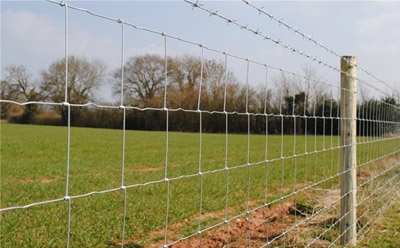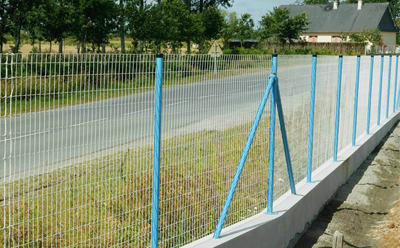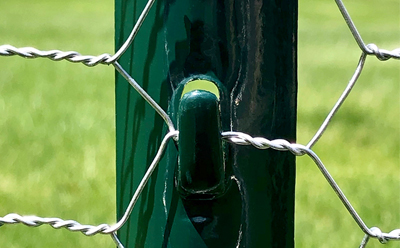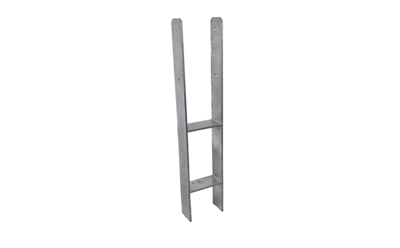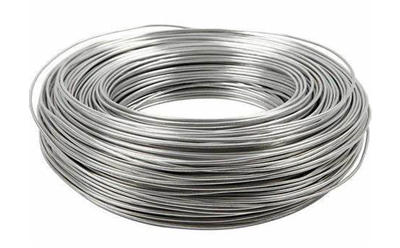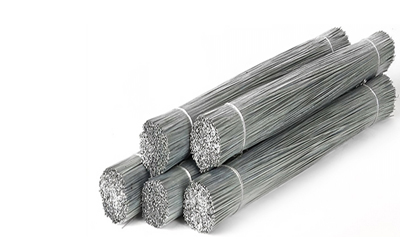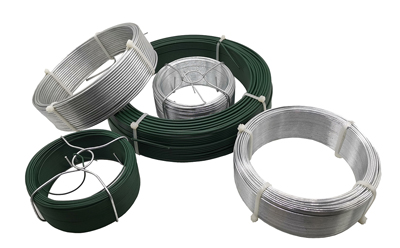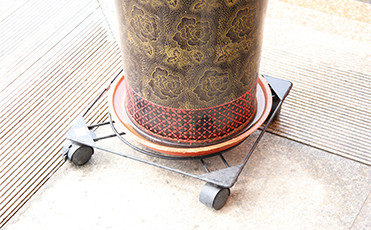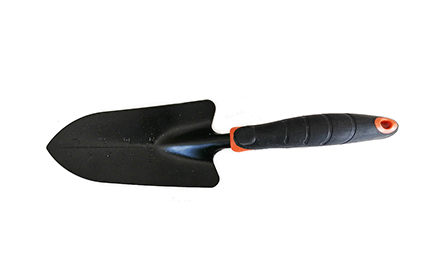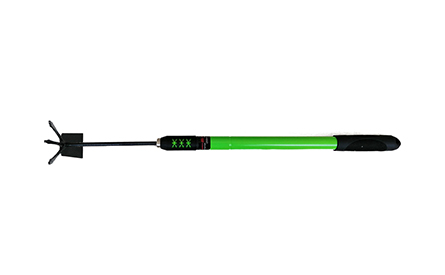Benefits and Considerations for Installing Barbed Wire atop Your Existing Fence for Enhanced Security
Aug . 08, 2024 00:20Installing Barbed Wire on Top of a Fence Enhancing Security and Protection
In today's world, ensuring the safety and security of property is a primary concern for many homeowners and businesses alike. One effective method to bolster perimeter security is by installing barbed wire on top of existing fences. This installation serves as both a deterrent for unauthorized access and a means to protect valuable assets. This article explores the benefits, installation methods, and key considerations when installing barbed wire atop a fence.
Why Barbed Wire?
Barbed wire is a cost-effective solution for augmenting security. Its sharp points and twisted design create a formidable barrier that is difficult to breach. Additionally, the sight of barbed wire can discourage potential intruders from even attempting to scale the fence. This psychological deterrent can significantly reduce the likelihood of theft, vandalism, and unauthorized entry.
Moreover, barbed wire is versatile. It can be used on various types of fences, including chain-link, wooden, and even brick walls. This adaptability makes it an excellent choice for a wide range of properties, from residential homes to commercial establishments and agricultural sites.
Installation Process
1. Assess Your Needs Before beginning the installation, assess the area where you plan to install the barbed wire. Consider the height and type of the existing fence, as well as any local regulations regarding barbed wire use. Some jurisdictions have specific laws concerning the installation of barbed wire, which may include height restrictions or signage requirements.
2. Gather Materials For the installation, you will need barbed wire, wire cutters, fencing staples, tension bands, and a fence stretcher. Ensure that the barbed wire you choose is of high quality and suitable for your specific security needs.
installing barbed wire on top of fence

3. Prepare the Fence Begin by preparing the top of your existing fence. Ensure that the fence is in good condition and capable of supporting the additional weight of the barbed wire. If necessary, reinforce the fence posts or add additional support to withstand the added tension.
4. Install Tension Bands Attach tension bands to the posts at the top of the fence. These bands will hold the barbed wire securely in place and allow you to maintain tension across the length of the wire.
5. Run the Barbed Wire Using a fence stretcher, run the barbed wire along the top of the fence. Ensure that the wire is taut but not overly tight, as this could damage the fence or cause the wire to snap. Secure the wire to the tension bands using fencing staples.
6. Add Additional Strands For enhanced security, consider adding multiple strands of barbed wire. Typically, two to three strands rotate at intervals of three inches or so will create an effective barrier. Make sure that each strand is adequately secured to prevent sagging.
7. Finish Up and Maintain Once the barbed wire is in place, inspect the installation for any loose areas and make necessary adjustments. Regular maintenance is essential to ensure the barbed wire remains effective; periodically check for any damage or wear that may compromise security.
Considerations and Precautions
While adding barbed wire improves security, it’s essential to consider safety precautions. Ensure that the installation is compliant with local laws and community standards. Clearly mark the area to prevent accidental injuries to people or animals. Moreover, inform neighbors about your plans to avoid misunderstandings.
In conclusion, installing barbed wire on top of a fence is an effective way to enhance security for any property. The installation process is manageable with the right tools and knowledge, and the benefits often far outweigh the costs. By taking proper precautions and maintaining the installation, property owners can ensure that their investments in security are both effective and long-lasting.
Copyright © 2025 Hebei Minmetals Co., Ltd. All Rights Reserved. Sitemap | Privacy Policy






